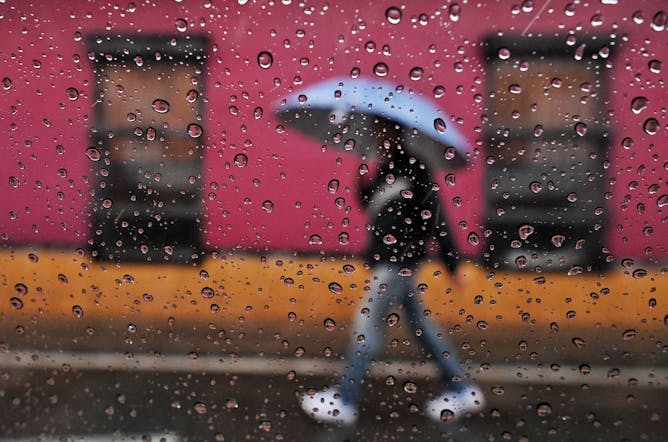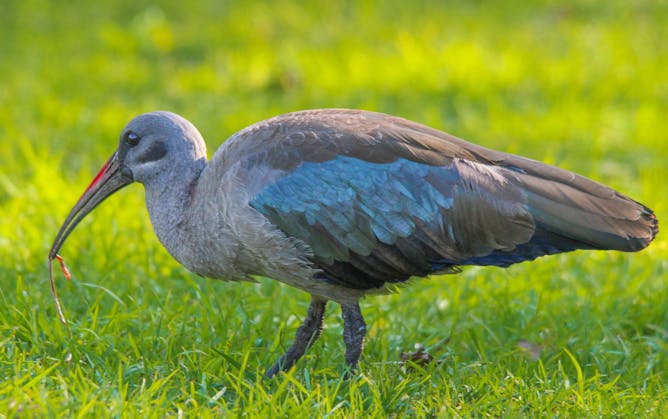|
El Niño is almost gone from North America after helping fuel a hot, stormy year, and there’s a good chance it will see La Niña – its opposite – by the end of summer. In its recent monthly forecast, the National Oceanic and Atmospheric Administration gave La Niña a 69% chance of forming in July, August or September. What does this mean for hurricanes? Pedro DiNezio explains how this climate phenomenon works and why La Niña is
fueling fears of an extreme Atlantic hurricane season.
The Oxford-AstraZeneca vaccine was reported to have saved milllions of lives during the COVID pandemic. This week the European Commision announced that it was no longer authorised for use. Michael Head argues that, from the beginning, the vaccine suffered from a poor public profile, arguably much of it undeserved. He unpacks the Commission’s decision.
|

Pedro DiNezio, University of Colorado Boulder
After a year of record-breaking global heat with El Niño, will La Niña bring a reprieve? That depends on where you live and how you feel about hurricanes.
|

Michael Head, University of Southampton
AstraZeneca withdrawing it COVID vaccine from the market has nothing to do with blood clots.
|
|
|
-
Martin H. Trauth, University of Potsdam; Asfawossen Asrat, Addis Ababa University; Mark Maslin, UCL
The climate ‘flickered’ between wet and dry, before finally drying out for good.
-
Gabriele Abels, University of Tübingen
The far-right Alternative for Germany is courting the youth vote on TikTok with great success, ahead of the elections in June.
-
Charles Helm, Nelson Mandela University; Jan Carlo De Vynck, University of the Witwatersrand
There appear to be two possible explanations for circular patterns with central depressions in Pleistocene deposits on the Cape coast.
-
Fred H. Lawson, Northeastern University
US Marines and Philippine forces are taking part in joint military exercises just 100 miles off the southern tip of Taiwan.
-
Samuel Scanlon, University College Dublin
Israel’s tourism industry has taken a hit since the start of the war, and it may never fully recover.
-
Franco Montalto, Drexel University
US cities are doing green infrastructure, but in bits and pieces. Today’s climate-driven floods require a much broader approach to create true sponge cities that are built to soak up water.
|
|

Carla Jacquelyn du Toit, University of Cambridge
Africa’s hadeda ibises can sense vibrations using a special sensory organ in their beaks. But they need moist soil for it to work.
|